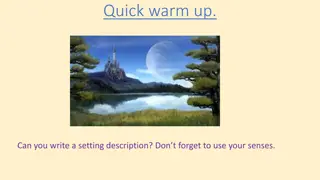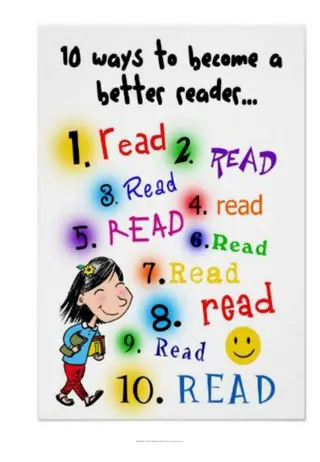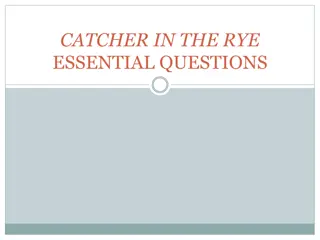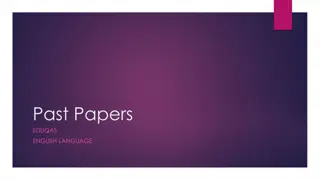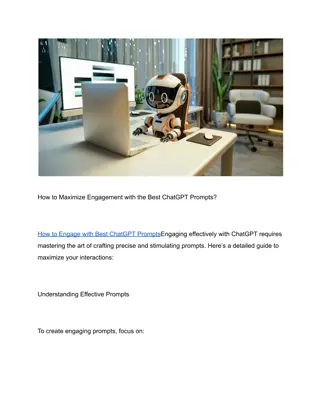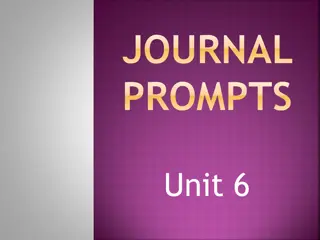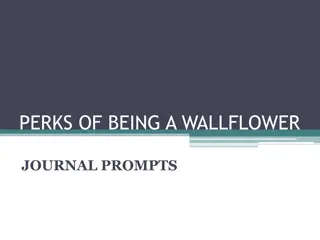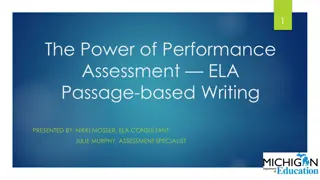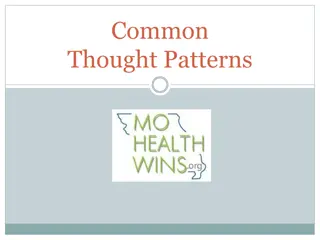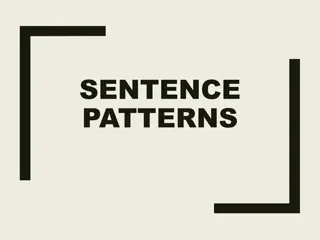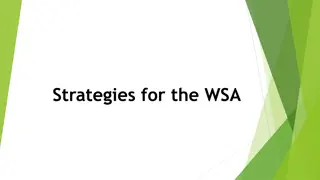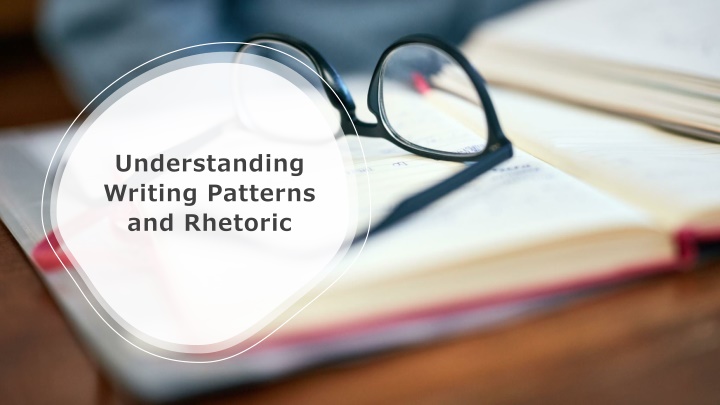
Exploring Writing Patterns and Rhetoric in Three-Part Structure Lesson
Dive into the fundamentals of writing patterns and rhetoric through a comprehensive lesson on three-part structure, including goal setting, structure myths, and in-depth analysis. Understand the importance of assertion, body, evidence, and conclusion in crafting effective responses to prompts. Practice your skills in a Zoom class with engaging video prompts and questions.
Download Presentation

Please find below an Image/Link to download the presentation.
The content on the website is provided AS IS for your information and personal use only. It may not be sold, licensed, or shared on other websites without obtaining consent from the author. If you encounter any issues during the download, it is possible that the publisher has removed the file from their server.
You are allowed to download the files provided on this website for personal or commercial use, subject to the condition that they are used lawfully. All files are the property of their respective owners.
The content on the website is provided AS IS for your information and personal use only. It may not be sold, licensed, or shared on other websites without obtaining consent from the author.
E N D
Presentation Transcript
Understanding Writing Patterns and Rhetoric
Goals for the Lesson Introduction to three-part writing structure How to read a prompt for pattern cues/keywords Identifying the rhetorical situation of a writing prompt Determining the pattern most appropriate for writing
Three-Part Structure Myths The Five-Paragraph Form: I. Introduction hook: anecdote, sound, quote thesis: debatable claim and 3 points II. Body Paragraphs five sentences long transitions: first, next, finally, in conclusion III. Conclusion summarize your essay/thesis
Definition Purpose Development Organization
Three-Part Structure Introduction Assertion Body Evidence Conclusion Importance
EXAMPLE: Analyze the long-term results of the Korean War on International Trade What is the goal(s) of answering the prompt? So how do we know which pattern? What is my responsibility as a speaker? Questions to ask yourself: What would a willing audience be looking for in my answer? What expectations do the topic suggest for the theme and tone of my answer?
Each pattern has specific structures you can use to accomplish your purpose.
Lets Practice (Zoom Class Only) WATCH THE FOLLOWING VIDEO JOIN YOUR BREAKOUT ROOM RESPOND TO THE PROMPT ABOUT THE VIDEO
Potential Questions 01 02 03 WHAT HAPPENED, IN ORDER, DURING THE SCENE? HOW AND WHY DOES CLARICE S ATTITUDE CHANGE DURING THE SCENE? WHAT PROTOCOL HAS/WILL THE FBI FOLLOW TO COMPLETE A PSYCHOBEHAVIORAL INTERVIEW?
Rhetorical Situation 1. Intent of the Speaker 2. Needs of the Audience 3. Structure of the Message 4. Theme and Tone of the Topic 5. Understanding the Context
Elements of a Rhetorical Situation Exigence Events and feelings that compel the speaker Method How the message is delivered (virtual, written, spoken) Genre The style of writing employed and its specific conventions Location What does the place of delivery make your audience feel Expectations What does the audience expect from you, vice versa Power Trust, fear, loyalty, fame, popularity, creativity, etc Research What we tie our ideas to makes us credible Design Color, images, shapes, and layout impact emotion

